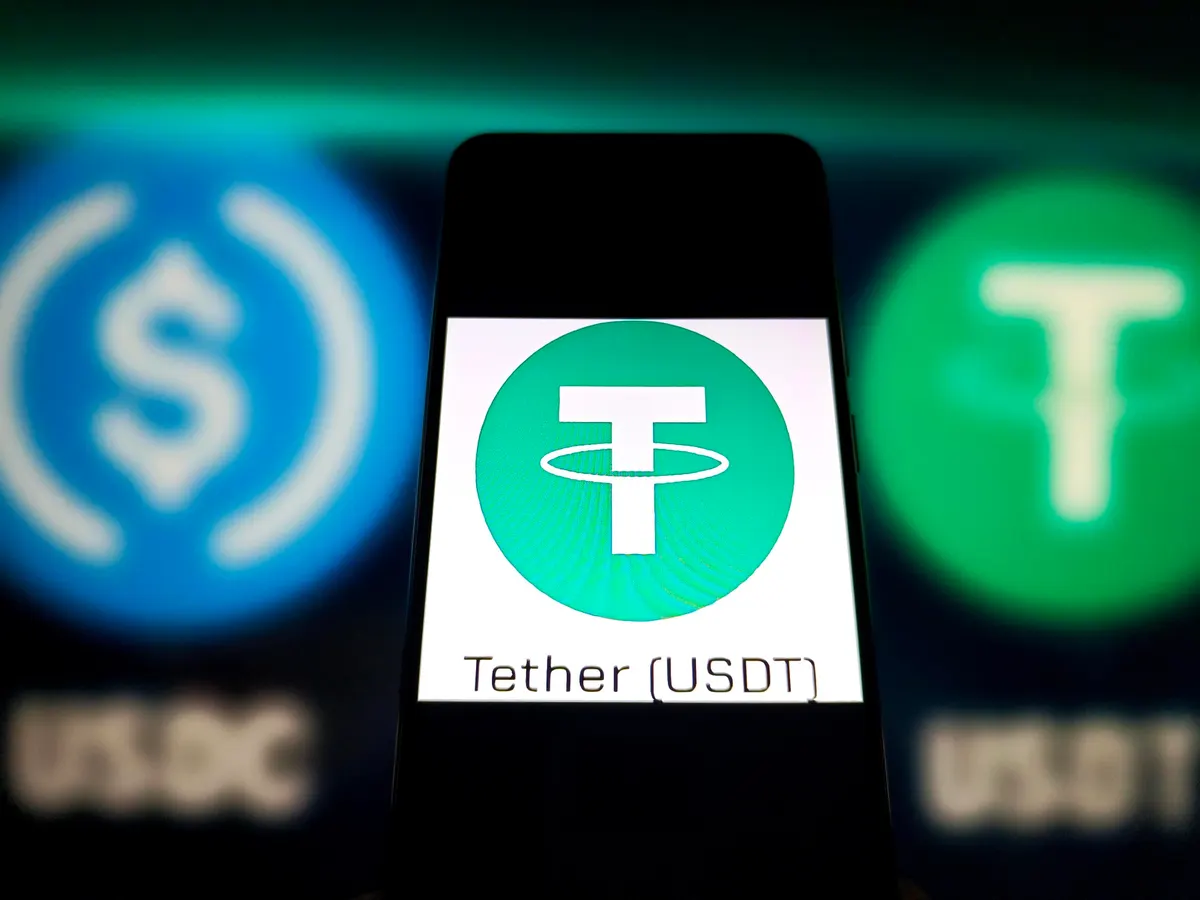By Contributor Elizabeth Rossiello
When the European Union’s Markets in Crypto-Assets (MiCA) regulation was first proposed in 2020 and eventually passed in 2023, it quickly became the most comprehensive attempt yet to regulate digital assets. The framework was closely watched not just for its sweeping application to crypto companies operating in Europe, but especially for how it treated one category in particular: stablecoins. Observers across financial, regulatory, and crypto communities saw in MiCA the early contours of a potential digital euro—and a precedent that could influence global standards.
Now, with the rules officially in effect for stablecoins as of June 2024, their regulatory acceptance is no longer theoretical. Across the EU, MiCA-compliant stablecoins are circulating in volume. These include Dutch-issued euro stablecoins, U.S.-based euro tokens, decentralized versions like Euro Tether, and dollar stablecoins restructured to meet MiCA’s requirements. Why so many? Because global liquidity is incredibly helpful—especially when it’s programmable, transparent, and accessible across borders.
Adoption of stablecoins for payments is growing fast. A recent Fireblocks report notes that 58% of global financial institutions are actively exploring stablecoin use cases. Meanwhile, Visa and PayPal have launched their own stablecoin-backed payment products, while Circle’s euro-denominated EURC token saw a 43% rise in circulation in Q1 2025 alone.
This isn’t just happening in the West. In markets like Nigeria, Ghana, and Kenya, businesses are using USDC, EURC, and other compliant tokens to settle cross-border invoices, run remote payroll, and sidestep costly delays in traditional banking. In Latin America and Southeast Asia, stablecoins are helping businesses hedge against inflation and access hard currency equivalents with more predictability.
If money of this kind is already flowing efficiently between economies—digitally and compliantly—then the natural question is: how are other regulators responding?
In the six months following MiCA’s implementation, regulators in several jurisdictions have taken concrete steps to define their own approaches to stablecoins. In July 2024, Singapore finalized its Stablecoin Regulatory Framework, which includes capital and redemption safeguards, similar to MiCA’s EMT structure.
The United States remains slower to move. The Clarity for Payment Stablecoins Act of 2023 is still stalled in Congress, though the New York Department of Financial Services has taken the lead by issuing individual approvals for USD-backed stablecoins. Meanwhile, Hong Kong concluded its stablecoin consultation in early 2025, signaling a shift toward regulatory recognition in Asia.
MORE FOR YOU
Despite these developments, global stablecoin policy remains fragmented, with inconsistent licensing regimes, unclear tax implications, and diverging standards on consumer protection. This complicates the lives of global treasurers and payments providers—and threatens to create cross-border regulatory inconsistencies rather than real innovation.
In my own experience working across markets and currencies, one lesson stands out: cross-border financial coordination works best when governments create “currency bridges.” These could take the form of digital trade or payment agreements recognizing stablecoins as legitimate tools for cross-border transfers—or at the very least, easing conversions between digital currencies and local fiat. We’re also seeing a trend toward more nations launching their own digital currencies. That’s not just about monetary control; it’s about making it easier for global payments providers to plug into local economies in a compliant, efficient way.
If countries recognize each other’s regulated digital currencies—or better yet, create interoperable frameworks—they can preserve monetary sovereignty while benefiting from more liquid, efficient settlement rails. For example, if a digital shilling and a regulated euro token are both in circulation, payments providers could automate FX conversion while remaining compliant across both jurisdictions.
Competition in the stablecoin space is heating up. Beyond PayPal and Visa, fintechs, crypto-native companies, and even telecoms are exploring their own iterations. Ripple’s XRP Ledger is marketing itself as a preferred chain for stablecoin issuance. Tether and Circle are battling for market share across euro, dollar, and even gold-backed tokens.
But here’s the real issue: we don’t need more stablecoins in USD and EUR. What we need is more digitized fiat from emerging markets—currencies like the Kenyan shilling, Philippine peso, or Brazilian real—in tokenized formats that can plug into global liquidity flows.
Without regulatory clarity and technical interoperability for those local currencies, the full potential of stablecoins as a payments and treasury tool will remain limited.
The goal is not to recreate speculative markets, but to build more agile, transparent, and inclusive financial infrastructure. The good news? The technology is here. The use cases are real. What’s needed now is coordination—across borders, between sectors, and around a shared definition of what money should look like in the 21st century.
Editorial StandardsReprints & Permissions
